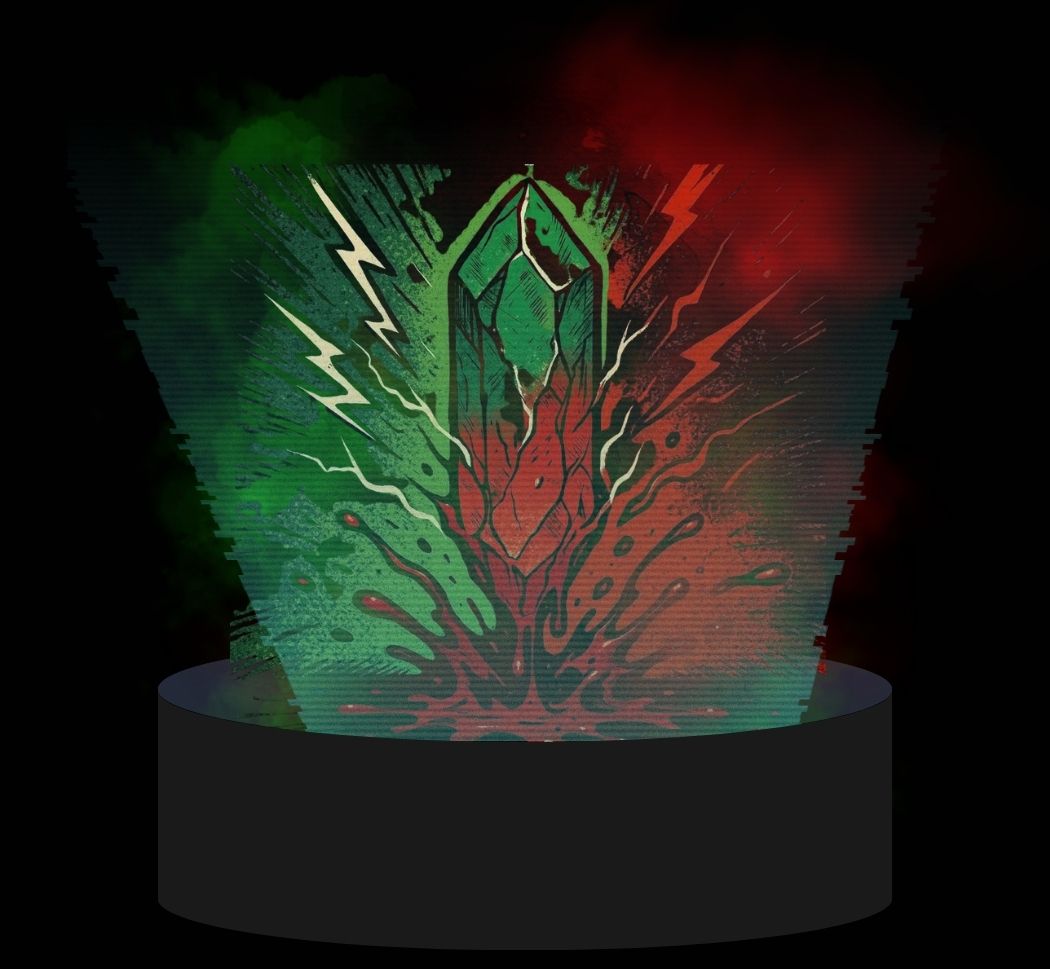How Moff Gideon Came to Possess the Darksaber
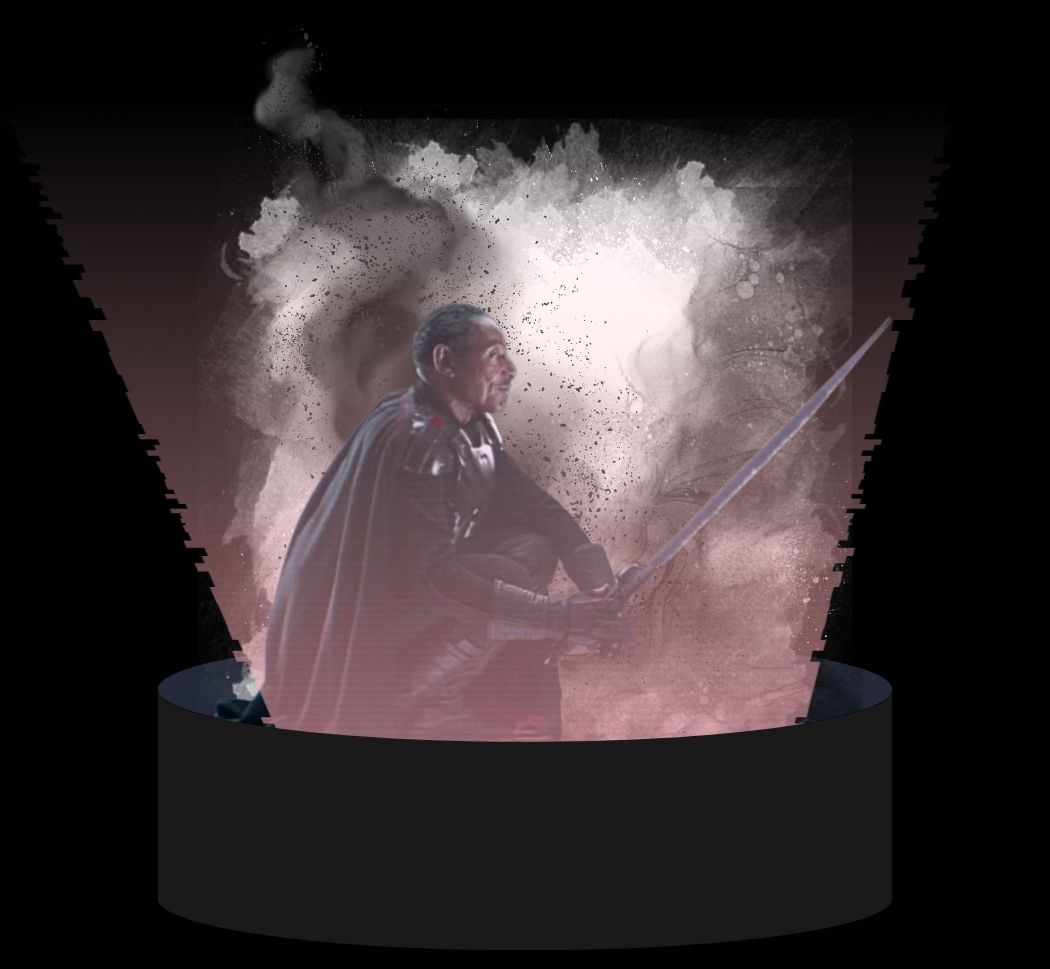
Moff Gideon seized the Darksaber not through combat but by forcing Bo-Katan to surrender during the Purge of Mandalore. Unlike past wielders such as Maul or Sabine, he brandished it as a trophy, not a mandate to rule. Din Djarin later won it in battle, unintentionally claiming leadership, before Bo-Katan rose again as the leader Mandalore needed—shaped by failure, resilience, and unity beyond symbols.
How Moff Gideon Came to Possess the Darksaber
Moff Gideon’s reveal of the Darksaber at the end of The Mandalorian’s first season landed like a seismic charge. For generations the blade had been the lodestar of Mandalorian authority, carried by warriors who could claim not only a weapon but a right to lead.
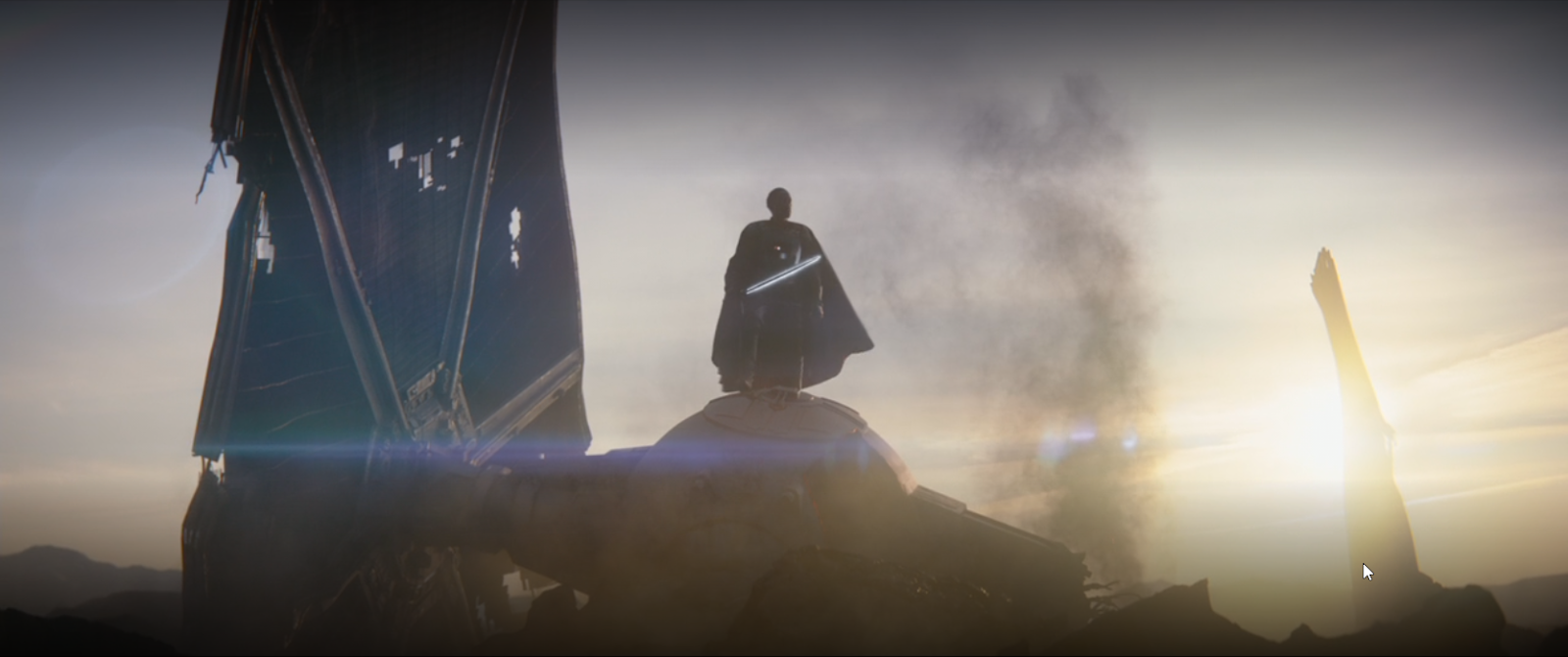
The last widely known keeper before the dark times was Bo-Katan Kryze, who accepted the saber in the Rebel era to rally houses against Imperial domination. Then the Purge swept over Mandalore, cities burned beneath a rain of fire, and the clans scattered to the edges of the galaxy.
When the smoke cleared, the blade resurfaced in the hands of an Imperial warlord who understood its meaning well enough to brandish it as a warning.
The Moment We Found Out
The missing chapter finally slots into place when Bo-Katan explains the moment everything broke.
Facing annihilation and the collapse of any hope for her people, she negotiated with Gideon. The deal was brutal in its simplicity: surrender and disarmament in exchange for sparing Mandalorian lives.
In that desperate calculus, she ceded the Darksaber. By Mandalorian convention, however, a blade transferred without a duel is not truly won. Gideon did not defeat its holder; he leveraged terror to acquire a symbol.
That technicality matters enormously in Mandalorian culture, where legitimacy flows from trial by combat and the winner’s claim is both spiritual and political.
Gideon’s possession of the Darksaber thus becomes a portrait of counterfeit sovereignty. He paraded the weapon to cow survivors and to signal that Mandalore’s will had been broken, but he never sought to lead Mandalorians in any genuine sense. Unlike Darth Maul—who took the saber from Pre Vizsla in single combat and then tried to rule by fear—Gideon used the blade as a trophy and a lever.
The irony is sharp: by refusing the customary duel, Gideon preserved the path for Bo-Katan’s eventual return. The chain of rightful ownership remained unresolved, waiting for the moment Din Djarin would defeat Gideon and accidentally step into the age-old ritual that binds Mandalore’s fate to a single, black-edged blade.
The Role of The Mandalorian
Din Djarin never set out to become a claimant to Mandalorian leadership. A solitary bounty hunter raised in a strict creed, he measured honor by adherence to the Way, not by titles. Yet fate—and a beskar spear—drew him into the Darksaber’s orbit.
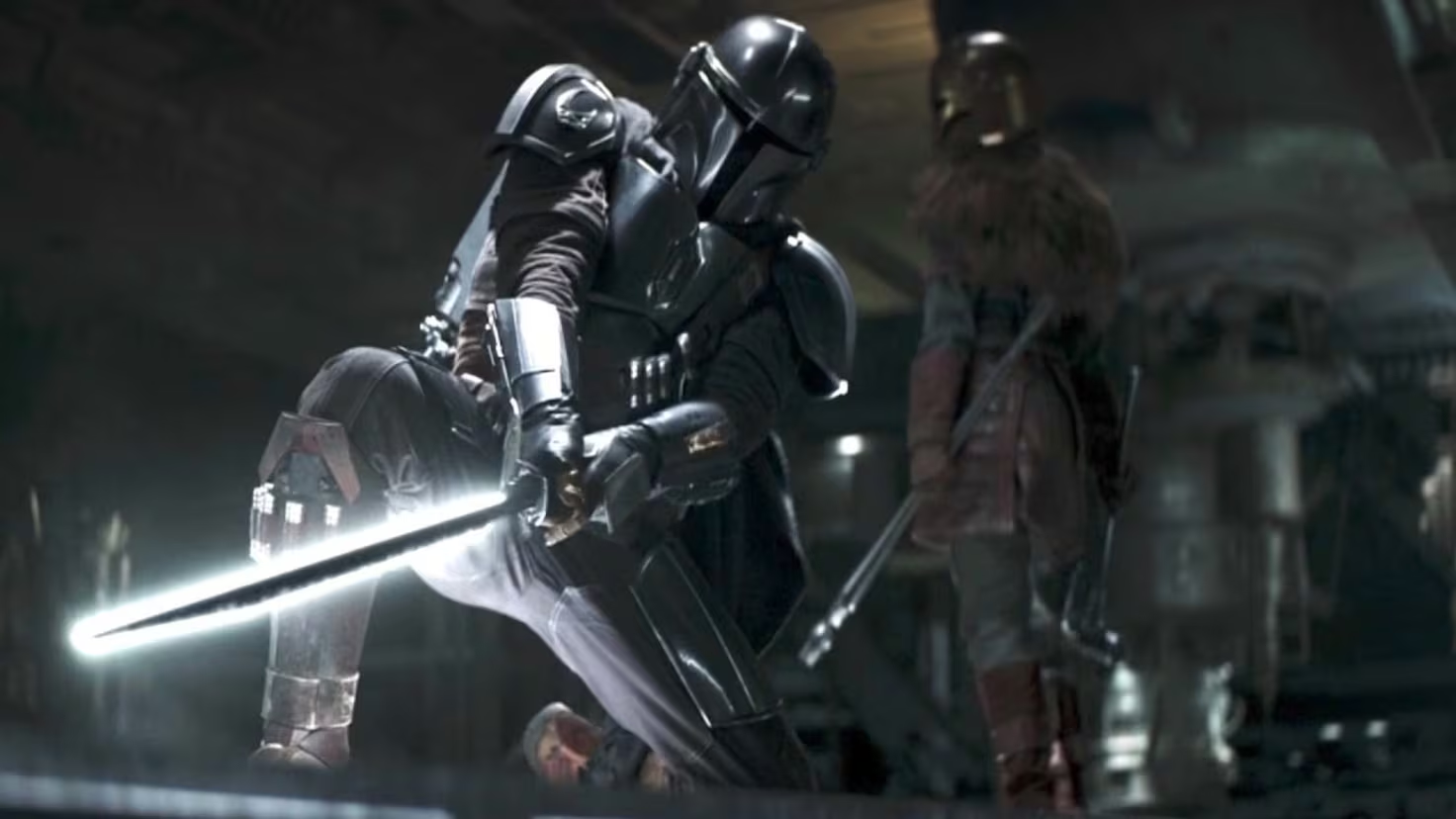
When he bested Gideon aboard the cruiser, he won the blade according to ancient rules he did not know he was playing by.
The aftermath is one of the series’ most human beats: Din tries to hand the saber to Bo-Katan, prefers to keep his word rather than keep a throne, and seems perplexed that a symbol could mean more than intent. That humility, far from disqualifying him, becomes central to why others trust him.
The blade, however, is more than ceremonial metal. It is attuned to will. When Din trains with the Armorer, the Darksaber feels heavy, as if resisting him. The lesson is clear: a wielder who fights the blade fights himself. This theme threads through Din’s arc—he is perpetually negotiating between ancient codes and present obligations.
He removes his helmet to save the child, accepts exile to preserve his word, and continues to stand with those he loves even when custom would push them apart.
The Result
The result is a Mandalorian who embodies the virtues the creed claims—loyalty, courage, selflessness—while gently reshaping the culture that formed him.
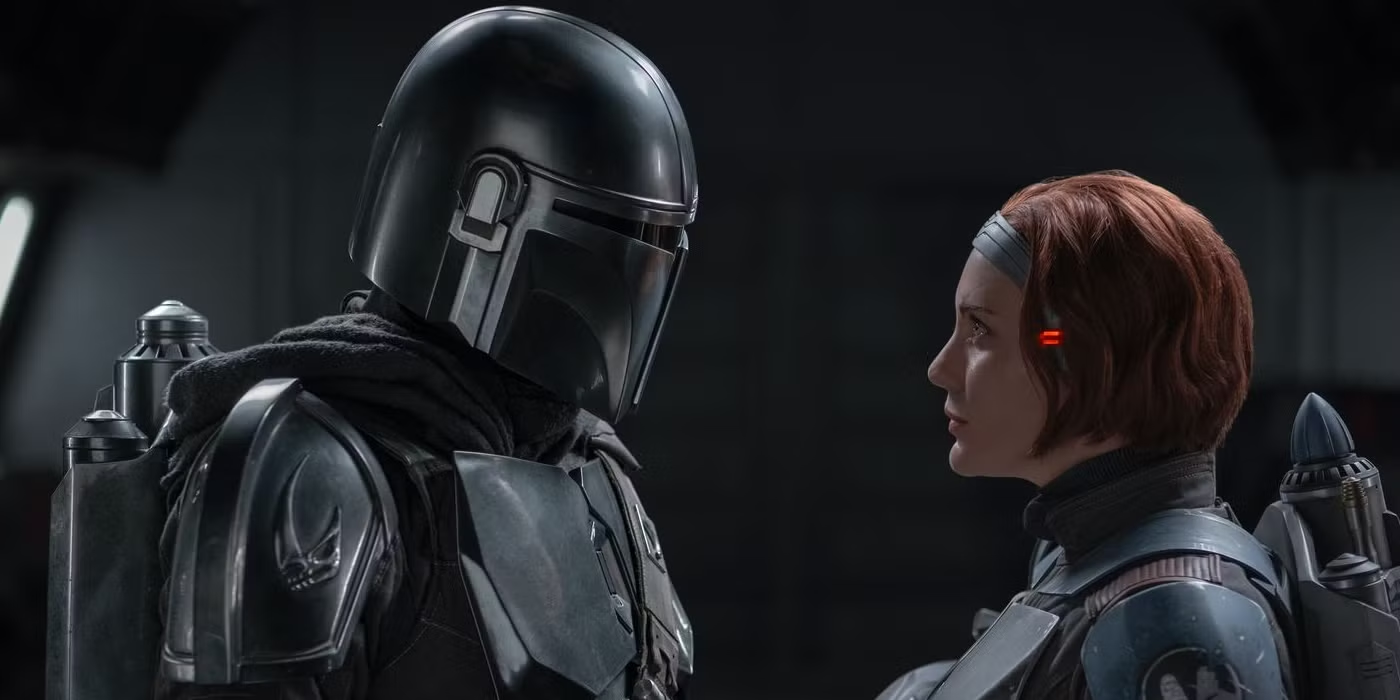
Din’s most decisive contribution isn’t a conquest; it’s a reconciliation. By vouching for Bo-Katan after she rescues him on Mandalore—pointing out that she defeated the foe who had defeated him—he reframes the Darksaber’s ownership within the spirit of the law rather than the letter alone.
In the presence of rivals and skeptics, he bears witness to a claim that allows the scattered sects to rally under a single banner. In doing so, the Mandalorian does what great leaders do even when they do not want to lead: he uses his credibility to build a bridge, then steps aside so others can cross it.
The Legacy of Mandalore’s Wars in the Star Wars Timeline
Mandalore’s story is a long arc of blaze and rebuilding. In the distant past, Tarre Vizsla forged the Darksaber during his rare tenure as a Mandalorian Jedi, and after his death House Vizsla reclaimed it from the Jedi Temple.
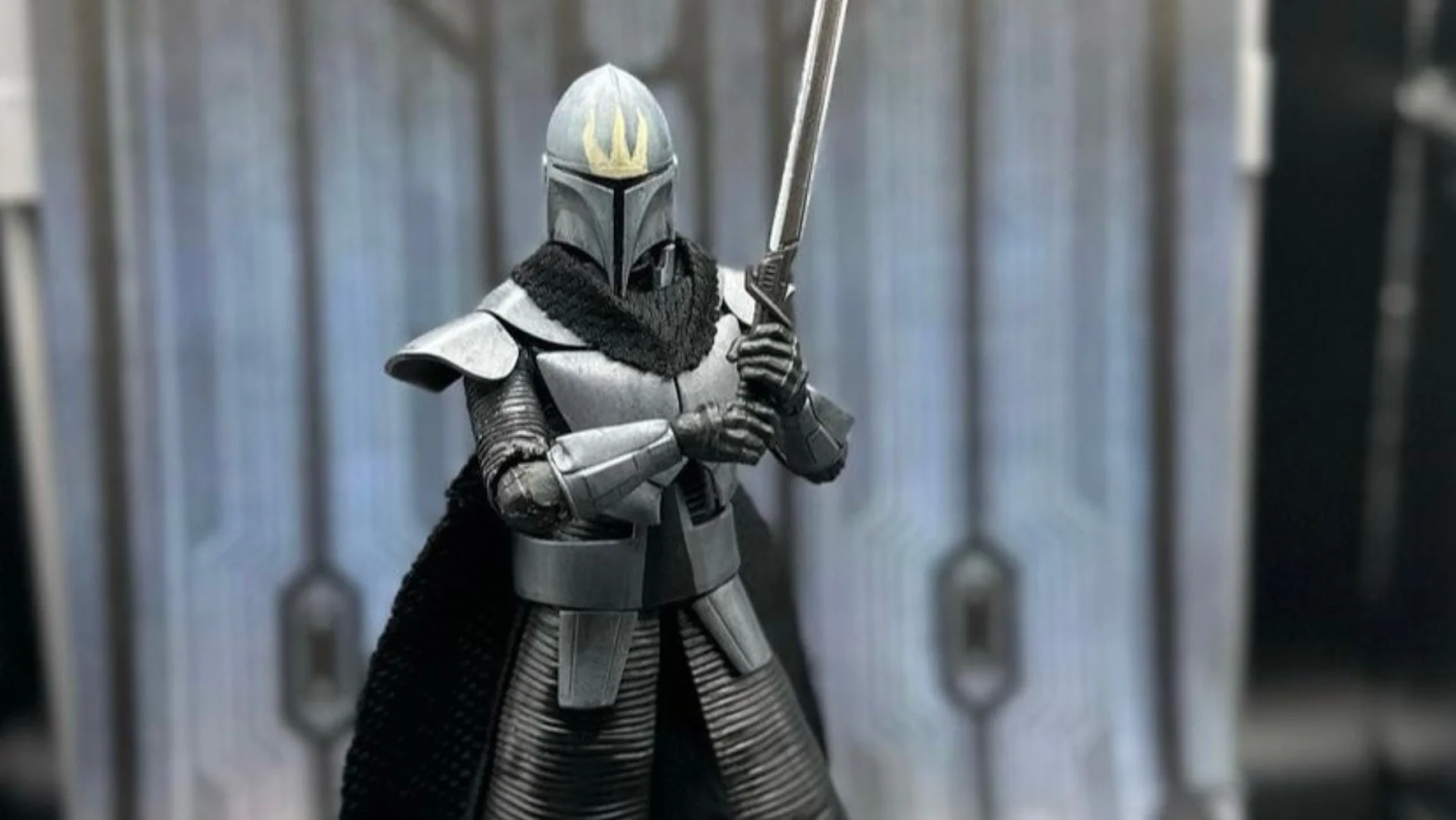
That theft marked the saber as more than a weapon; it became a banner of identity.
Centuries later, the Clone Wars dragged Mandalore back into open strife. Pre Vizsla, leading Death Watch, brandished the Darksaber while opposing the pacifist regime of Duchess Satine Kryze. His cause promised a return to warrior glory, but it also opened the door to darker forces.
Maul took the blade by defeating Vizsla, claimed control through the same codes Death Watch had invoked, and executed Satine—shattering both Bo-Katan’s world and Mandalore’s fragile order.
The Empire’s rise only compounded the wounds. During the Rebel era, Sabine Wren discovered the Darksaber abandoned on Dathomir, trained to wield it, and used it to rally clans against Imperial proxies like Gar Saxon.
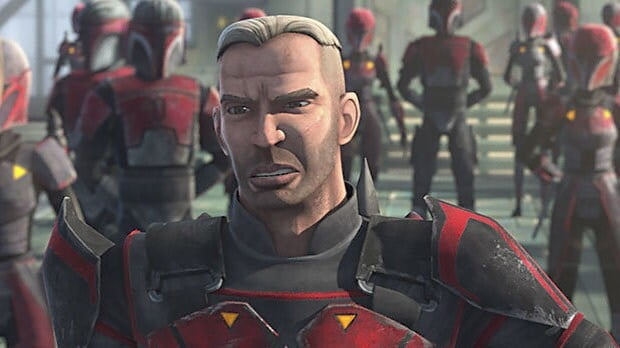
Her victory reawakened hope but also revived an old question: could the blade be transferred as a gift? Sabine ultimately offered it to Bo-Katan, who accepted it with the support of allied houses.
For a moment, unity seemed possible. Yet this handoff—outside the traditional duel—would later become a scar in Mandalorian memory, a choice critics claimed invited calamity. Whether that superstition is fair or not, the Purge that followed turned myth into grief: cities vitrified, beskar strip-mined, and survivors scattered to caves and covert hangars.
By the time of The Mandalorian, the Night of a Thousand Tears has become both history and cautionary tale. Some, like the Children of the Watch, see a curse attached to unearned possession of the Darksaber; others point to the far more mundane curse of Imperial bombardment.

Either way, the blade’s journey through Clone Wars and Rebels explains why its reappearance carries such emotional voltage. Each transfer of the Darksaber maps onto a shift in Mandalore’s fortunes—Vizsla’s zeal, Maul’s tyranny, Sabine’s defiance, Bo-Katan’s burden—until at last it lands in Gideon’s fist, a symbol turned hostage.
That legacy makes the questions of ownership and meaning in the current era more than ceremonial disputes; they are a reckoning with centuries of survival.
Bo-Katan’s Choice to Yield and the Price She Paid
It is difficult to overstate the courage—and the cost—of Bo-Katan’s surrender. She stood at the edge of annihilation, responsible for lives that would almost certainly be extinguished if the fighting continued.
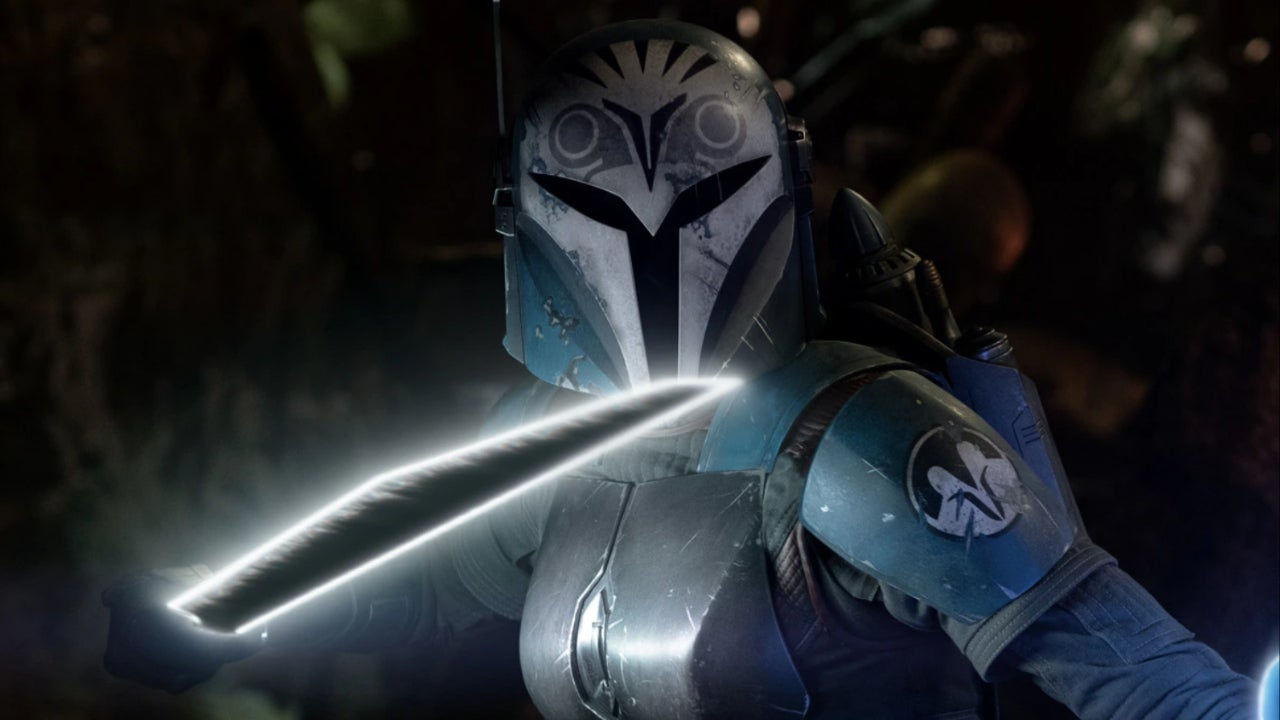
Faced with an Empire determined to cleanse Mandalore from orbit, she chose negotiation over glory, hoping that disarmament would spare the remnants of her people.
Handing the Darksaber to Gideon was not a capitulation to vanity; it was an attempt to trade pride for time. In that moment, she chose a future she might not live to see over a death that would have satisfied custom but saved no one.
The Empire betrayed that bargain. The bombardment continued, the cities fell, and the clans were scattered anyway. Worse still, the act of surrender became a weapon used against Bo-Katan by those who survived.
The Children of the Watch cast her as the architect of Mandalore’s downfall, pointing to the earlier gift of the Darksaber and her failure to protect the world as proof of unworthiness. That judgment reduces a complex catastrophe to a single symbol, but symbols cut deep on Mandalore. Bo-Katan’s authority, already precarious due to the earlier gift from Sabine, cracked under the weight of accusation and grief.
Yet surrender did not define her; it refined her. The Bo-Katan who emerges in The Mandalorian is a leader tempered by failure, more patient than the Death Watch lieutenant she once was, and more attuned to the needs of people beyond her own faction.
She rescues Din Djarin without hesitation, fights alongside those whose customs differ from hers, and accepts that leadership on Mandalore will require not just a blade but a coalition.
The price she paid—reputation, certainty, the comfort of believing that strength alone is enough—becomes the very thing that equips her to lead in a landscape where unity is the rarest resource.
Why Bo-Katan Embodies the Leadership Mandalore Needs
Bo-Katan is persuasive not because she is flawless but because she has confronted her flaws. She has fought for the wrong cause and changed course, seized power and relinquished it, tried to lead through symbol and learned to lead through service.
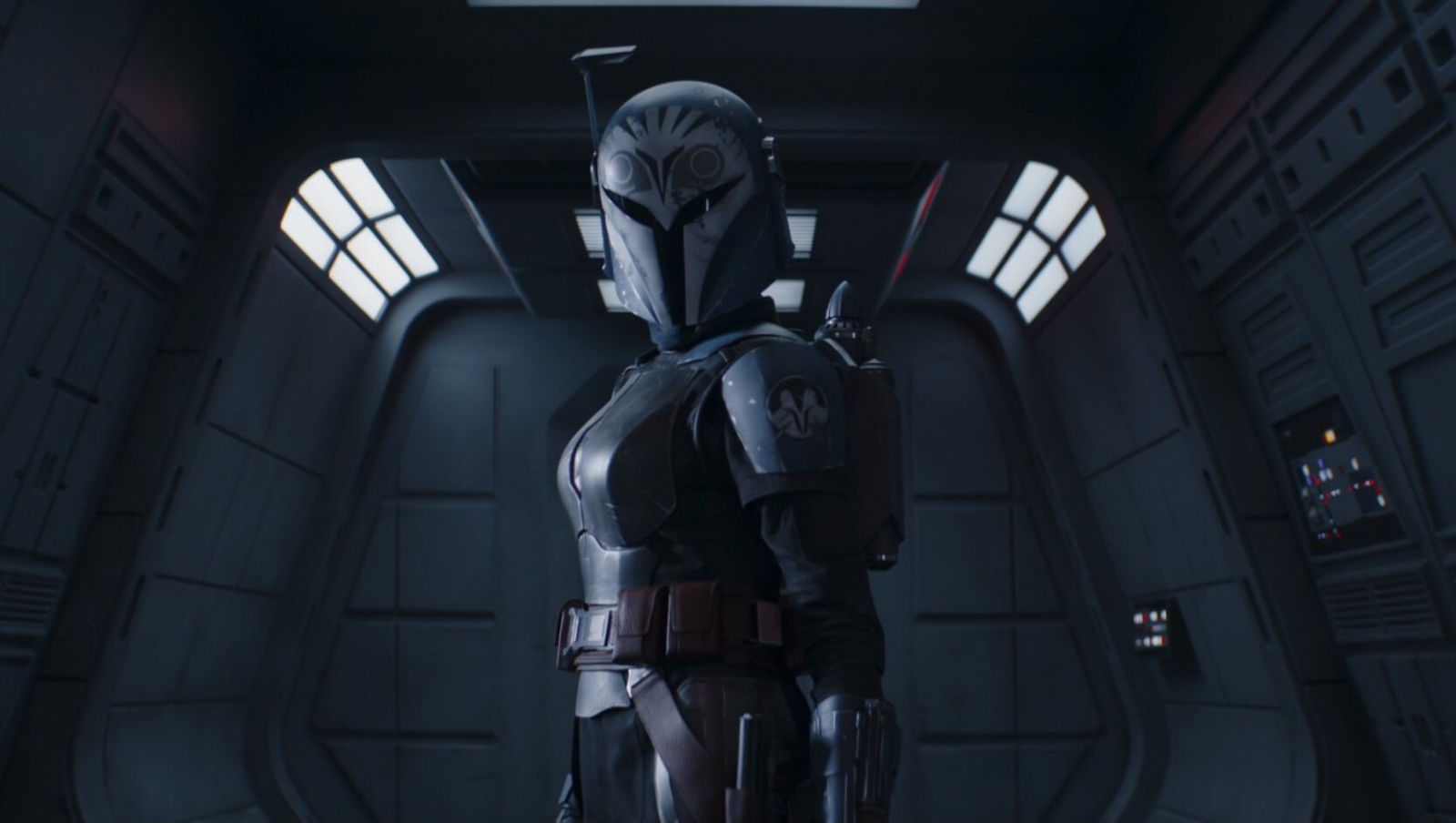
When Din Djarin tells her that bloodline and station matter less than honor and character, it lands because the audience has seen those qualities tested in her. She stands as a warrior who understands that victory without a people is hollow—and a symbol without consent is just metal.
The world around her recognizes signs that matter in Mandalorian lore. The Armorer, once skeptical, acknowledges Bo-Katan’s ability to “walk both ways,” bridging the gap between helmeted traditionalists and cosmopolitan Nite Owls.
Her sighting of the Mythosaur in the Living Waters—whether read as omen, metaphor, or miracle—hints at a destiny larger than a single sect’s rules. More concretely, her actions on Mandalore prove her capability: she rescues, she strategizes, she rallies disparate bands, and when the time comes, she draws the Darksaber not to exalt herself but to clear a path for others.
Perhaps the most potent symbol of her leadership arrives in paradox. In the climactic struggle against Gideon’s beskar-clad onslaught, the Darksaber is crushed.
The hilt buckles in her hand; the black blade sputters out. And yet the loss does not unmake her claim or her authority. If anything, it liberates Mandalore from overreliance on a single artifact. The message is quietly radical: the future of a people cannot rest on the integrity of one weapon but on the resolve of many hands.
Bo-Katan, who once accepted the blade as a shortcut to legitimacy, now leads without it. That reversal is precisely why she is the leader Mandalore deserves.
Final Thoughts
Track the Darksaber’s path and you trace Mandalore’s soul. From Tarre Vizsla’s forge to Pre Vizsla’s crusade, from Maul’s tyranny to Sabine’s rebellion, from Bo-Katan’s burden to Gideon’s theft to Din Djarin’s reluctant victory, the blade has reflected and refracted the beliefs of those who held it. At times it crowned a conqueror; at others it anointed a unifier.

It has been misused, misunderstood, and mythologized. But through it all, it remained a question asked of Mandalorians in every age: who are we when our customs collide with our survival?
The most recent answer is both traditional and new. Ownership still matters. Combat still carries meaning. But the spirit of the code—protect your people, keep your word, stand with honor—matters more than the letter when the galaxy bears down.
Din Djarin’s testimony to Bo-Katan’s right, the Armorer’s openness to a broader path, and the clans’ willingness to follow a leader who has known defeat as well as victory all point toward a Mandalore that can finally choose unity without erasing difference.
The Darksaber may be broken, but the idea it once embodied has been reforged into something stronger: a shared commitment to endure.
If there is a lesson for the wider Star Wars saga, it is this. Symbols steer history, but only insofar as people agree to be steered by them.
The Darksaber’s power has never been in its black light; it has been in the stories Mandalorians tell themselves about worth and leadership.
By reclaiming those stories—through sacrifice, truth, and a hard-won humility—Mandalore steps out from under the shadow of conquest. The question is no longer merely who wields the blade, but who will keep the promise it represents when there is no blade left to raise.











